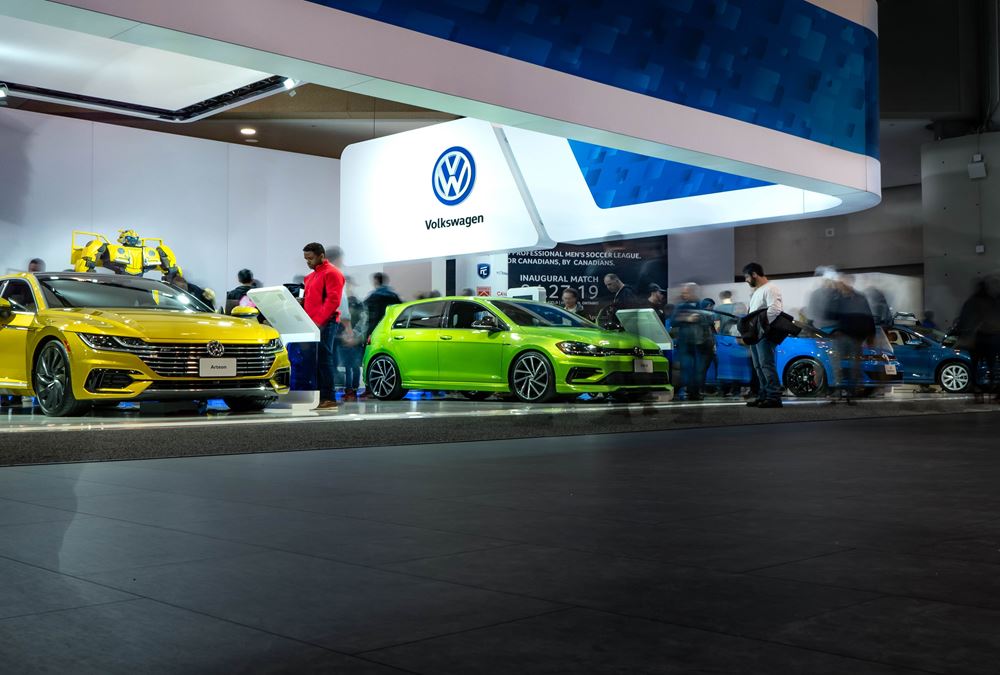- Home
- Business Processes
- Industry Knowledge
- Aerospace Industry
- Automotive Industry
- Banking Domain
- BFSI Industry
- Consumer/ FMCG Industry
- Chemicals Industry
- Engineering & Construction
- Energy Industry
- Education Domain
- Finance Domain
- Hospitality Domain
- Healthcare Industry
- Insurance Domain
- Retail Industry
- Travel and Tourism Domain
- Telecom Industry
- Leadership Skills
- eLearning
- Home
- Domain Knowledge
- Automotive Industry
- Automotive Industry Supply & Value Chain
Automotive Industry Supply & Value Chain
Most of the automotive manufacturers employ a business model that demands collaboration between different assemblers and cadre of parts suppliers with a lean, flexible, just-in-time (JIT) assembly process. In this article, we will discuss the business model of a typical automotive manufacturer and the various stages from planning to final retailing of the product.
Industry’s Business Model:
Most of the automotive manufacturers employ a business model that demands collaboration between different assemblers and cadre of parts suppliers with a lean, flexible, just-in-time (JIT) assembly process.
JIT is predicated upon short supply lines that can deliver small batches of components to the assembly line steadily and without interruption (often hourly, and sometimes synchronized to match a particular vehicle), coupled with the facility to immediately correct quality problems as they are discovered, and to make running changes in product specifications or volume requirements when needed.
Supplier Types:
The modern automotive industry is a labor-intensive industry and creates differentiation by innovation and research and development (R&D). Structurally, the OEM’s supply chain is divided into three distinct, but sometimes overlapping layers. Those firms that sold finished components (such as a starter or generator) directly to the vehicle manufacturers are ‘Tier 1’ suppliers. Those that sold directly to the Tier 1s (copper wire or carbon brushes) are ‘Tier 2.’ Those that supplied raw materials to any of the above were usually characterized as ‘Tier 3.’
Supply Chain Model
An “Original Equipment Manufacturer” (OEM), supply chain progresses through the following stages:
Planning:
The executive team in an automotive manufacturing company plans overall concepts and ideas for new vehicles. These teams often involve suppliers at all tiers as development partners.
Design:
After researching consumer wants and needs, automakers begin designing models that are tailored to the public demand. In the past, this design process has taken up to five years. Today, however, through the extensive use of computers, it is possible to develop prototypes, or "concept cars," from sketches in less than a year.
OEM engineers design most of the bought-in components, developing all product parameters in the process. R&D teams design conceptual sketches for a new vehicle. Based on these sketches, a model is created. Product design engineers collaborate with auto manufacturers to ensure that newly designed products can be successfully integrated into the design specifications of a model.
Prototyping:
Once the design is ready, then, a build-feasibility check is performed. The build feasibility check validates whether the special options and specifications are feasible for the production, follows to determine whether special options and specifications are available for that vehicle in the market. Experts are consulted to troubleshoot potential problems and conduct extensive tests. Next, a simplified model of the new vehicle, called a prototype, is built. The prototype is used to determine whether the final design will be functionally feasible and cost-effective to manufacture.
Raw Material Procurement:
Once the prototype is successfully validated, then the next stage is to procure raw materials for production and assembly. These may include rubber, glass, steel, plastic, and aluminum. Parts are also procured. Some examples of parts are tires, windshields, and airbags.
Production:
Once a new product is designed and successfully prototyped, it can move to the production stage to be manufactured. To ensure the production stage runs smoothly, tier one, two, and three suppliers work simultaneously on creating key components and parts.
The OEMs provide detailed blueprints to potential suppliers and invite them to bid against each other for a contract, employing an auction market model in which the two lowest price bidders usually won a “build to print” contract for an agreed fixed price, for an agreed quantity, supplied over a finite time period of generally not more than one year.
OEMs would pay for and retain legal ownership of any unique molds, toolsets, or stamping dies used to manufacture the products they engineered. A third supplier frequently was selected for each item, held in reserve in case one of the primes fell out of favor. Price was the dominant factor in contract awards.
Inventory Management:
During the inventory management stage, logistical decisions are made about the transportation and storage of the vehicles. Auto manufacturers ensure that production and supplier schedules run smoothly by working with logistic service providers. These providers collect parts from suppliers, consolidate them, and deliver them to the assembly plant on time. Vehicle distribution or outbound logistics is the process of transporting vehicles from the assembly plant to the dealership or final customer with large fleets. The outbound distribution logistics is always done via train, truck, and ship.
Retailing:
During the retailing stage, the finished vehicle is sent to retailers or dealers. Here focus groups test the vehicle's suitability. Based on these results, the retailer's advertising department creates a campaign for the vehicle. R&D teams also use feedback from the focus groups to continuously refine or improve their models.
Distribution:
Dealers and retailers distribute the vehicles to customers, and the supply chain cycle is completed. Before a vehicle is distributed to customers, dealers and retailers train service technicians to service the vehicle. Sales assistants are given accurate and reliable product information so they can sell the vehicle and answer any questions that a customer may have. As the automotive vehicles have a life cycle of several years, dealers and retailers ensure that service network is available to periodically repair and service the vehicle post-sales.
Suggested Reading and Resources
| Supply & Value Chain | Industry Sectors | The Competitive Landscape |
| Industry Drivers | History of Automotive Industry | Overview of Automotive Industry |
Related Links
You May Also Like
-
Automotive Industry: Industry Sectors
In this article, we will discuss the business sectors of the automotive industry. We will understand the major sectors in the automotive industry and the role they play and their impact on the industry. The major business sectors of the automotive industry are suppliers, auto-manufacturers, and auto dealerships.
-
History of Automotive Industry
The study of the automotive industry is inherently interesting: it is massive, it is competitive, and it is just a few years older than a century. It is expected to undergo major changes in recent times due to the impact of globalization, increased regulations because of environmental concerns, and rising fossil fuel prices due to decreasing oil reserves.
-
Automotive Industry Supply & Value Chain
Most of the automotive manufacturers employ a business model that demands collaboration between different assemblers and cadre of parts suppliers with a lean, flexible, just-in-time (JIT) assembly process. In this article, we will discuss the business model of a typical automotive manufacturer and the various stages from planning to final retailing of the product.
-
Automotive Industry: The Competitive Landscape
In this article, we will discuss the top key competitors in the automotive industry. This will help you gain an understanding of the major players in the automotive industry. We will start with a brief history of the major players, their competitive advantage, and financial profiles in this section.
-
Automotive Industry: The Key Industry Drivers
There are four key business drivers that impact the automotive industry: economic conditions, consumer preferences, government, and technological advances. Globalization is also influencing the industry to a great extent. In this article, we will discuss in detail each of these business drivers.
-
Overview of Automotive Industry
The first automobile with a petrol engine was built in 1885 and soon the figure for total cars in the world will be touching a mark of 1000 million cars and light trucks. This article presents a quick overview of what we mean with the Automative Industry and how it started and what is the scale of this industry today.
Explore Our Free Training Articles or
Sign Up to Start With Our eLearning Courses

About Us
Learning
© 2023 TechnoFunc, All Rights Reserved






